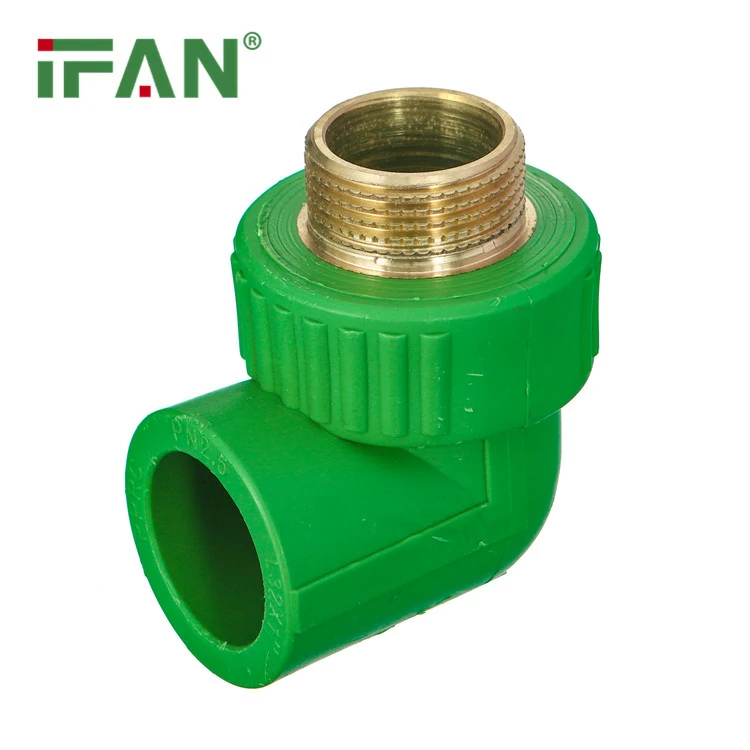Better Safe than Sorry: The Safety Features of PPR Piping Systems
PPR (Polypropylene Random Copolymer) piping systems are becoming increasingly popular for residential and commercial plumbing due to their versatility, durability, and safety features. In today’s world, safety is a top priority, especially when it comes to constructing buildings and plumbing systems. Whether it’s for a residential complex, a commercial building, or an industrial facility, safety is paramount to keep people and property safe from harm. That’s why PPR piping systems have become the go-to option for many builders and contractors.

The safety features of PPR piping systems are remarkable. One of the primary benefits of these piping systems is that they are non-toxic and non-leaching. This means that no harmful chemicals are released through the pipes into the water supply, making it safer for human consumption. PPR pipelines are food-grade, which means they meet the highest standards of hygiene and sanitation in the industry. Plus, PPR pipes can withstand extreme temperatures without cracking or degrading, making them perfect for use in harsh environments that demand high standards of safety.
PPR pipes are also corrosion-resistant, which makes them perfect for use in environments that have corrosive elements. The pipes’ corrosion-resistant properties help prevent leaks and failures that could result in catastrophic damage to buildings, assets, and people. In summary, PPR pipes are durable, dependable, and long-lasting, making them ideal for use in commercial, industrial and residential plumbing systems.
Another safety feature of PPR pipes is that they are lightweight. Unlike traditional pipes that can be cumbersome and heavy, PPR pipes are easy to handle and install. This makes it easier and safer for contractors to install the pipes in hard-to-reach areas or other locations requiring specialized installation techniques. Additionally, PPR pipes are easy to maintain, which reduces the likelihood of leaks or other types of failures.
One of the main advantages of PPR piping systems is that they have a fusion welding connection method. This means that the pipes are heated at the ends and then joined together without using solvent or adhesives. This method of connection ensures that pipes do not crack, peel or break apart from being glued together and eliminates the possibility of toxic fumes being released during the joining process.
Finally, PPR piping systems are environmentally friendly, making them an excellent choice for sustainability-conscious construction projects. PPR pipes are recyclable, and they have high resistance to UV rays, impact, and weathering which means they can last for decades without needing replacements. This reduces waste and saves resources while still providing a safe and reliable plumbing system.
In conclusion, PPR piping systems are an excellent choice for construction projects that prioritize safety, durability, and longevity. With their non-corrosive, non-toxic, and food-grade properties, PPR pipes provide safe water supply systems that are suitable for use in residential, commercial, industrial and other complex applications. The lightweight, easy-to-install nature, and the environmentally friendly properties of PPR pipes make them an excellent investment for any construction project looking for a safe and reliable plumbing solution.





